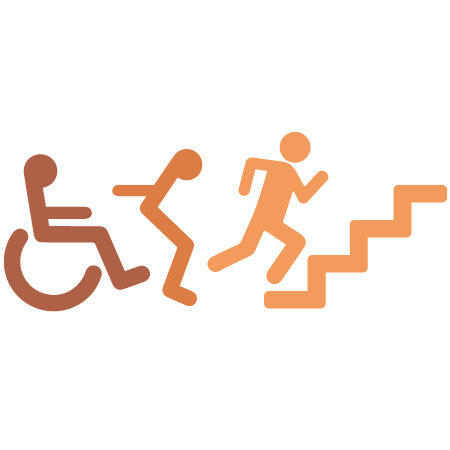Since 2015, four investigation groups have decided to join efforts to study in a multidisciplinar project the protein Transportin 3, involved in the HIV infection and in a rare muscular disease (LGMD1F). The investigation project is called “Study of the Transportin 3 deficit. A common way in the treatment of LGMD1F muscular dystrophy and the infection by HIV”
The Alliance is leadered by Juan Jesús Vílchez Padilla, chief of the Neurology Service of La Fe Hospital of Valencia, Ramon Martí Seves, researcher of the neuromuscular and mitochondrial pathology Laboratory of the Vall d’Hebron Research Institute of Barcelona, Rubén Artero, researcher of the Translation Genomic Laboratory of the Sanitary Investigation Institute INCLIVA in the University of Valencia and José Alcamí chief of the AIDS Immunopathology Unit of the Health Institute Carlos III.
During 2017, Dr. Rafael Vázquez – Health Research Institute La Fe, Valencia, joined the team tp study the application of the CRISPR gene editing system to try to restore the function of the transportin 3.
The fact that the Transportin 3 gene (TNPO3), an importin involved in the transport of factors to the cell nucleus and in the infection by the AIDS virus, is the cause of the limb-girdle 1F type myopathy has opened this multidisciplinary investigation line that through the study of the molecular mechanisms by which this disease causes TNPO3 aims to open lines that allow both therapeutic treatment of myopathy LGMD1F and developing a new class of antiretroviral.
The groups of Vílchez and Martí evidenced that this disease is due to a microdeletion in the TNPO3 gene which generates an abnormal protein with a 15 amino acids extension. The pathophysiological mechanism by which this defect originates the myopathy is still unknown. In the laboratory of Alcamí it has been demonstrated not only the resistance to the infection in lymphocytes of patients with LGMD1F but also that the mutant protein is associated to the normal variant and blocks its function, which aggravates the impact of the defect which is produced in a single copy of the gene.
“It is a unique occasion” indicates Alcamí, because we are in front of the second genetic defect described – the first is the delta32 deletion in the CCR5 receptor of the HIV – that blocks the infection by HIV. By one side the cells of these patients allow us to study and understand an essential step in the infective cycle of the HIV which is bad known yet, and by the other side, we can use the HIV as a tool that allows us understand the molecular mechanism involved in the limb-girdle myopathy LGMD1F type”.



















